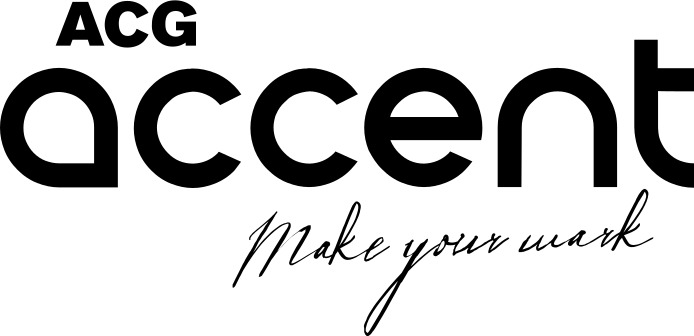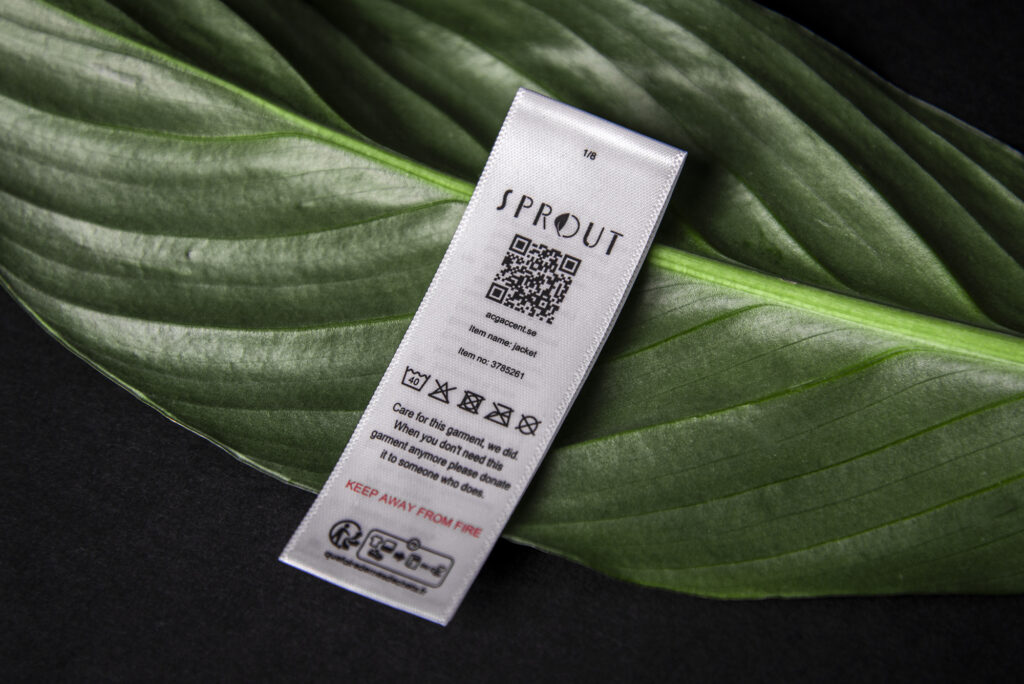Preparing for something that isn’t yet fully finalized is always a challenge. That’s the situation with the EU’s forthcoming Ecodesign for Sustainable Products Regulation (ESPR), under which Digital Product Passports (DPPs) for textiles are expected to become a reality from 2027/2028. Many details about the exact data requirements remain open – but the industry needs to start planning now.
Why start with the label?
While the rulemaking is still evolving, it’s smart to begin with what we already have: the label. It’s an established carrier of information and can be the starting point for the journey towards DPPs:
- Proof you can show – a QR code on the label links the product to data that travels with the item.
- A scalable structure – start at SKU level and build towards item level as requirements become clearer.
SKU level means the information is linked to a product variant – for example, “T-shirt model X, blue, size M”. As development moves towards item level, each individual garment receives its own unique ID, enabling full traceability. - Whole-chain participation – suppliers with different levels of digital maturity can contribute, making it possible to build complete and auditable data records.
Preparing amid uncertainty
Even though we don’t yet know the precise requirements, we do know the focus will be on traceability, transparency and circularity. Likely core data points include materials and substances, origin, environmental impact and repairability. Starting to build structures to collect and share this information now will make the transition smoother once the details are final.
How companies can start preparing for data collection today:
- Map where data lives today – in your systems, with suppliers and in production. Much of this already exists but needs structuring.
- Identify information gaps – what’s missing to evidence origin, material composition or environmental impact?
- Strengthen supplier collaboration – clarify the need for traceable, reliable data and discuss how it can be shared digitally.
- Review internal systems – make sure you can manage product data at SKU level and that your systems can evolve towards item level.
- Build a data culture – make sustainability and product data a natural part of product development, not a separate track.
From tag to trust
By connecting QR labels to verified data, brands can already take steps towards greater transparency and circularity. This leaves them better prepared when ESPR enters into force – while also building trust with customers and partners.
At ACG Accent, we know the road ahead isn’t perfectly straight. But we see it starting small – on the label – and growing into something bigger that strengthens both compliance and sustainability.
Please contact us to learn more about our ECHO system – designed to help brands prepare, manage and connect the data needed for the Digital Product Passport.

